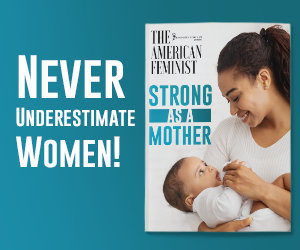Local pro-life advocates who challenged a community college after it prevented from articulating their pro-life message on campus, have won a settlement after filing a lawsuit.
In June 2012, Priests for Life Youth Outreach Director Bryan Kemper and pro-life advocates participating in a rally against the Obama HHS mandate were silenced by local police, who told them they couldn’t hold their pro-life signs. Now, they have filed a First Amendment lawsuit against Sinclair Community College in Ohio and its campus police.
Kemper the founder of Stand True Ministry, was a speaker at the Stand Up for Religious Freedom Rally at the college. The rally was one of 100 such rallies taking place across the country that day to protest the Obama administration’s mandate that all employers have to provide free contraception, abortifacient drugs and sterilization services for their workers.
 Campus police would not allow demonstrators to hold their signs at the rally, continuing a tradition of First Amendment violations that, according to the Foundation for Individual Rights in Education (FIRE), has been going on at the school for 22 years.
Campus police would not allow demonstrators to hold their signs at the rally, continuing a tradition of First Amendment violations that, according to the Foundation for Individual Rights in Education (FIRE), has been going on at the school for 22 years.
Now, Sinclair Community College agreed to settle a federal lawsuit brought by the Thomas More Society and Ohio attorneys Curt C. Hartman, Christopher P. Finney, and Bradley M. Gibson, in response to what happened.
“We are pleased that Sinclair Community College decided to join with its students to promote free speech instead of silencing or trying to control the content of their speech,” said Peter Breen, executive director and legal counsel of the Thomas More Society. “At its core, the university campus provides a place for students to debate and grapple with ideas, including ideas that may not be popular in certain quarters. Freedom of expression is an absolutely fundamental value in a democratic, self-governing society and indispensable to the educational process.”
The case was filed last summer in U.S. District Court, on the heels of a “Stand Up for Religious Freedom” rally opposing the U.S. Health and Human Services conscience-oppressing abortifacient-sterilization mandate. The rally had been organized and sponsored by members of the student body of the Dayton-based school.
Sinclair’s campus police forbade student-generated signage during that rally, and the lawsuit by the Thomas More Society and Foundation for Individual Rights in Education (FIRE) alleged that the campus police had continued to engage in systematic censorship of free speech as at previous student-led rallies. The suit also alleged that students had been barred from distributing informational brochures to their classmates.
CLICK LIKE IF YOU’RE PRO-LIFE!
The lawsuit alleged that police stated the practice of disallowing signs and brochures was supposedly intended to comply with a school policy barring “disruptive behavior,” even though censoring the content of signs or brochures was nowhere addressed in the actual wording of the policy cited. It is fundamental First Amendment law that the content of free speech, no matter how “offensive” it may be to certain onlookers, deserves the very highest degree of legal protection, despite the fact that some of those hearing or seeing the speakers’ message may be “disruptive” and seek to impose their “hecklers’ veto” against the speakers. Here, the police — as is all too common — were the sole folks within hearing or sight of the pro-life messages displayed on the “offensive” signs who sought to enforce their own “hecklers’ veto.” In every such case, the Thomas More Society will hasten to support the right of pro-life speakers to have their “say,” loud and clear, in America’s public forums!
As a result of the lawsuit, SCC has adopted a new policy recognizing and allowing for the exercise of broader First Amendment Rights of students and groups hosting expressive activities on campus. The college also agreed to pay $9,000 to cover the plaintiffs’ costs and attorneys’ fees.







